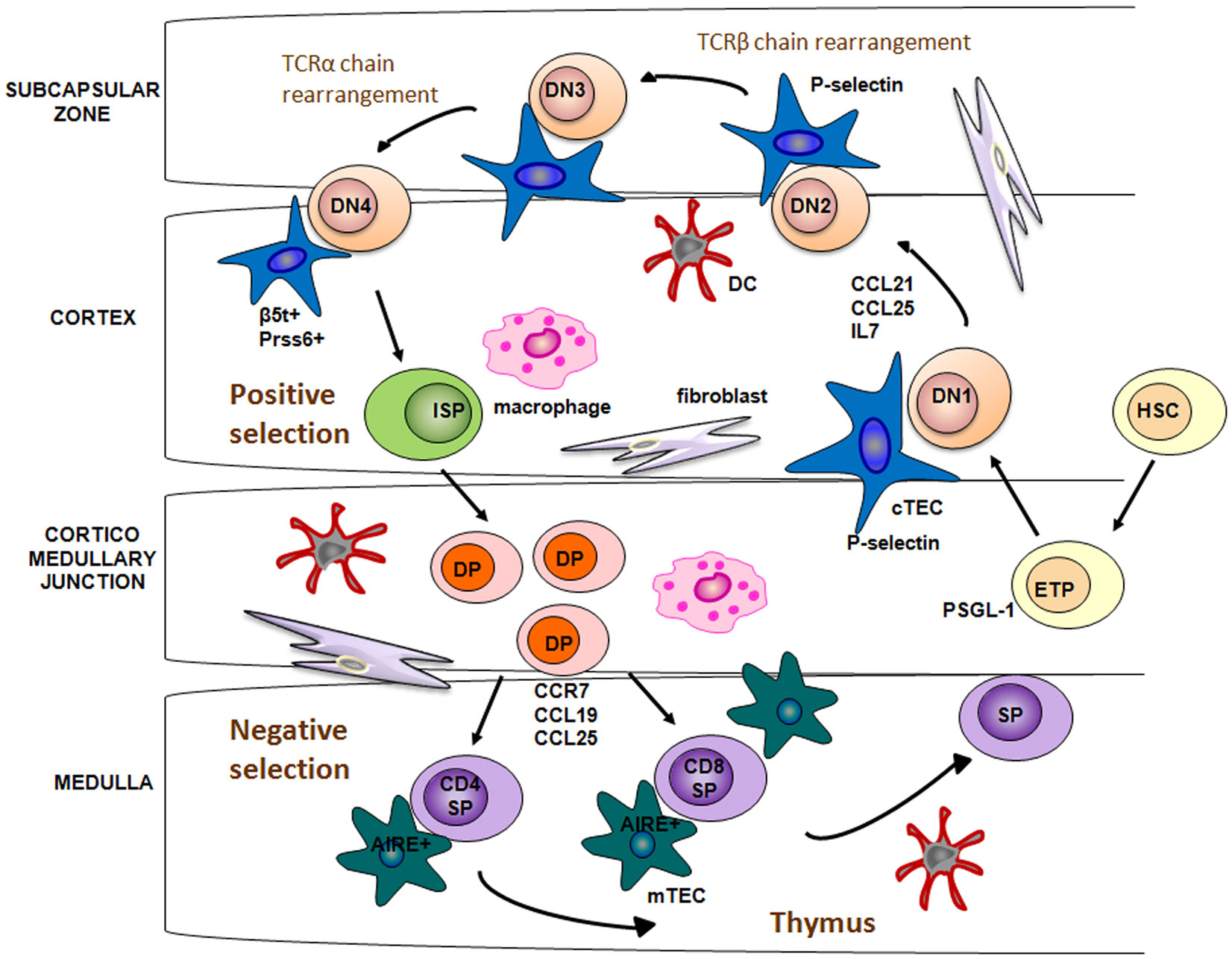Abstract
Nonlymphoid thymic elements play an important role in T-lymphocyte development, especially in the development of recognition of transplantation antigens (H-2 in the mouse). Understanding this process will require the isolation and characterization of these cells. A simple technique for the culture of an enriched population of murine thymic epithelium is described. The epithelial nature of these cells is evidenced by their morphology, electron microscopy, and keratin content. Readily distinguishable macrophages comprise a secondary population within these cultures. Antigens encoded in the I-A region of H-2 were found on 70% of thymic epithelial cells and H-2K on 30% of thymic epithelial cells. These antigens were generally present on distinct populations but doubly positive cells were observed. Thymic macrophages were found to have conventional receptors for the Fc fragment of immunoglobulin on their surface and could ingest antibody-coated sheep erythrocytes. Thymic epithelial cells did not have such Fc receptors. A striking observation was that thymic epithelial cells could bind and internalize autologous thymocytes. This selective thymocyte ingestion by thymic epithelium may have important implications in regard to processing of T-lymphocyte precursors.
Jason JM, Janeway CA
Clin. Immunol. Immunopathol. 1984 Feb;30(2):214-26
PMID: 6692602
Jason-1984-Clin-Immunol-Immunopathol-thymic-cells